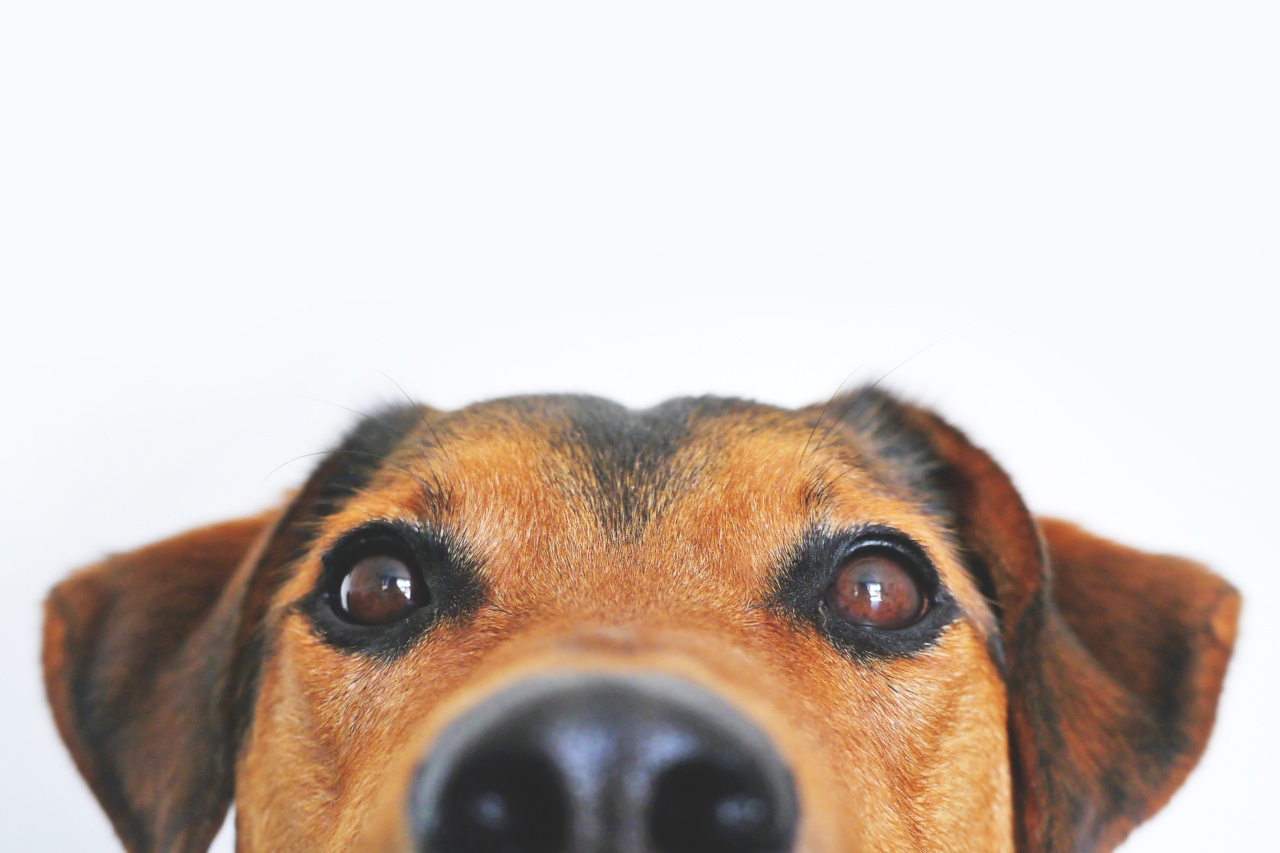Dogs are beloved members of our families. If you’re a dog owner, you probably already know that dogs communicate with us mainly through body language and facial expressions.
That’s why knowing how to interpret your dog’s expressions is so important; it can help you understand how they feel and what they need from you.
Understanding the Language of Dogs
Dogs have evolved to communicate with humans over the centuries, and research has shown that they can understand human emotions quite well. However, they cannot use words to express themselves like we do.
Instead, they rely on their body language, facial expressions, and vocalizations to convey messages to us.
If you’re a dog owner, it’s important to familiarize yourself with the signs and signals that your dog uses to communicate with you. Some of the most common body language cues that dogs use include:.
- Tail wagging
- Ear position
- Eye contact
- Body posture
- Vocalizations
Remember that context is key when interpreting your dog’s body language. For example, a dog wagging its tail vigorously while growling is not expressing happiness; it’s more likely to be feeling aggressive or threatened.
The Meaning Behind the Guilty Puppy Eyes
One of the most famous dog expressions is the “guilty” look that some dogs display when they have done something they shouldn’t have.
This expression is often characterized by a dog lowering its head, avoiding eye contact, and displaying a sheepish or apologetic expression.
While many dog owners think this expression is a sign of guilt, that’s not necessarily the case. In fact, recent research has suggested that the “guilty” look may actually be a sign of anxiety or fear, rather than guilt.
Scientists believe that dogs have learned to read our facial expressions and body language, and they use this information to adapt their behavior.
When a dog sees that its owner is angry or upset, it may display the “guilty” expression not because it understands that it has done something wrong, but because it senses that its owner is upset and wants to avoid punishment.
Furthermore, some studies have shown that dogs do not have the moral capacity to feel guilt or remorse in the way that humans do. Instead, they respond to immediate cues and reinforcement, such as a firm tone of voice or a stern look.
Reading Your Dog’s Other Facial Expressions
While the “guilty” look may not actually be a sign of guilt, there are other facial expressions that dogs use to communicate with us that are more straightforward. Here are a few examples:.
The Happy Face
Dogs that are feeling happy will often have a relaxed mouth, with their tongue lolling out. Their eyes may be soft and relaxed, and their ears will typically be in a neutral or slightly forward position.
A wagging tail is also a good sign that your dog is feeling happy and content.
The Playful Face
When dogs are feeling playful, they may pull back their lips to show their teeth, almost like they are smiling. They may also wag their tail rapidly and have a relaxed, bouncy gait.
If your dog is displaying these signs, it’s a signal that they’re ready to play!.
The Fearful Face
Dogs that are feeling scared or threatened may display a number of facial expressions that indicate their distress. These can include backing away, cowering, having their ears back, or showing the whites of their eyes (known as “whale eye”).
If your dog is displaying these signs, it’s important to try and figure out what is causing their fear so you can help them feel safe.
How You Can Help Your Dog Communicate Better
Now that you know more about how dogs communicate and what their various expressions mean, you can take steps to help your dog communicate with you more effectively. Here are a few tips:.
- Get to know your dog’s expressions by spending time observing them. Notice what they do when they’re happy, sad, fearful, or playful.
- Pay attention to your own body language and facial expressions, which can influence how your dog feels and behaves.
- Train your dog using positive reinforcement, such as treats and praise. This will help them learn what behaviors are desirable and what are not.
- Be sure to provide plenty of exercise, socialization, and mental stimulation to keep your dog healthy and happy.
Remember that every dog is different and may have their own unique ways of communicating with you.
By paying attention to your dog’s expressions and signals, you can build a strong bond with your furry friend and help them feel more confident and secure in their relationship with you.
























